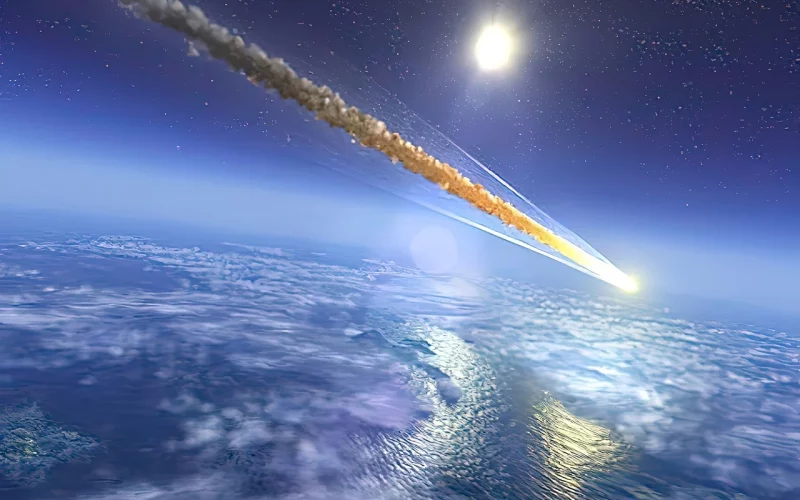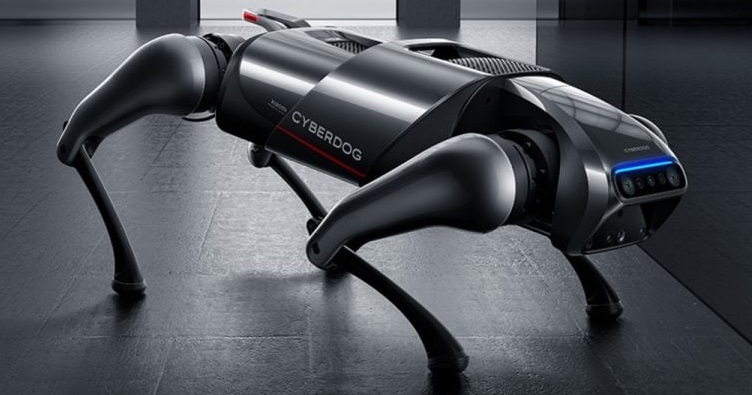NASA has warned that a mass extinction-causing asteroid is more likely to hit Earth than previously thought. The space agency said that the chances of an asteroid collision causing a catastrophic event, such as a mass extinction, are higher than previously estimated. Scientists have identified more than 90% of potentially hazardous asteroids, but NASA said that it is still discovering new ones. The agency has a plan to detect and deflect asteroids if necessary. NASA’s Planetary Defense Coordination Office is responsible for detecting potential asteroid impacts and developing ways to deflect them. The office also works with other agencies, such as the Federal Emergency Management Agency (FEMA), to develop response plans in the event of an impact. NASA has already tested one asteroid deflection method, which involves ramming a spacecraft into an asteroid to change its trajectory. The space agency said that it is also exploring other methods, such as using gravity to deflect asteroids.
NASA has been monitoring the threat of asteroids for many years, and they are constantly refining their methods to detect and deflect potentially hazardous objects. While the chances of an asteroid impact causing a mass extinction event are still relatively low, NASA is taking the possibility seriously and is preparing for the worst-case scenario.
One of the challenges of asteroid detection is that they can be difficult to spot until they are very close to Earth. To address this, NASA is using a combination of ground-based telescopes and space-based observatories to detect and track asteroids in our solar system. They are also developing new technologies to help identify asteroids, such as infrared sensors and advanced radar systems.
If an asteroid is detected that poses a threat to Earth, NASA has several options for deflection. One of the most promising methods involves using a spacecraft to gently nudge the asteroid off its collision course. This could be done using a robotic spacecraft equipped with thrusters, or by using the gravitational force of a nearby spacecraft to pull the asteroid off its trajectory.
Overall, NASA’s efforts to detect and deflect potentially hazardous asteroids are crucial for protecting life on Earth. While the chances of an asteroid impact causing a mass extinction event are still relatively low, it is important to be prepared for the worst-case scenario. By continuing to refine their detection and deflection methods, NASA is helping to safeguard our planet from the threat of asteroid impacts.









